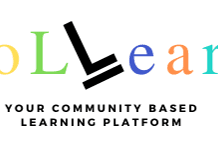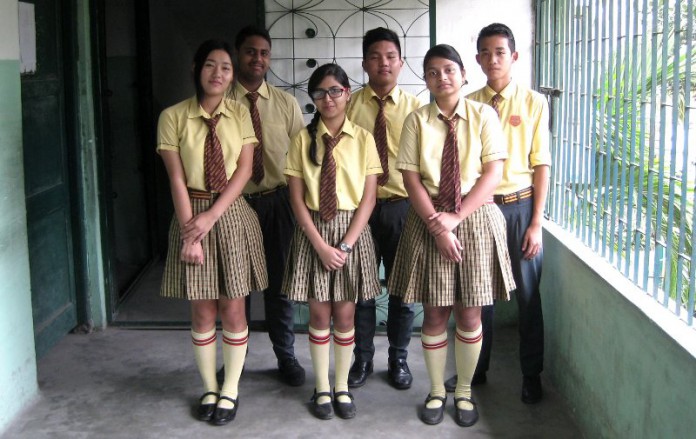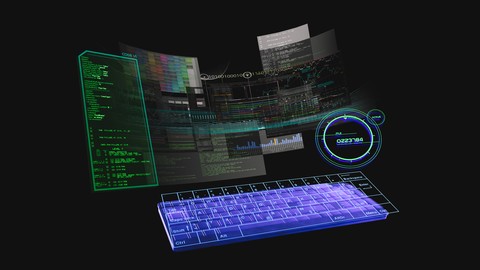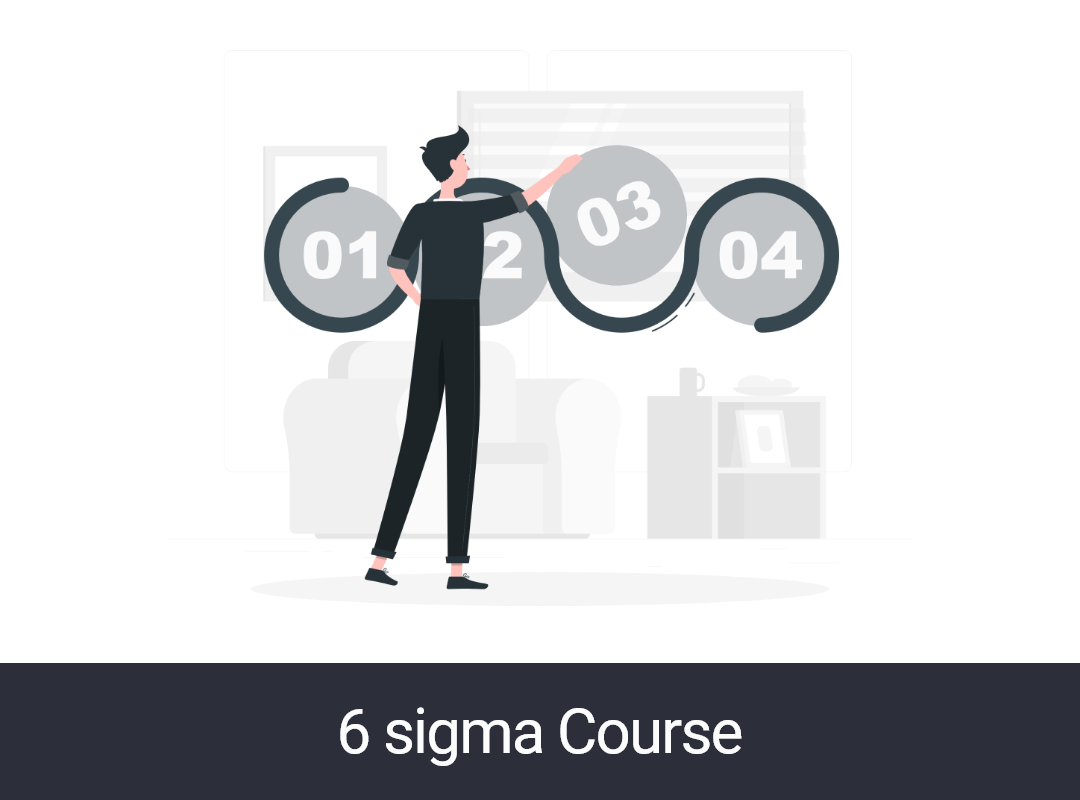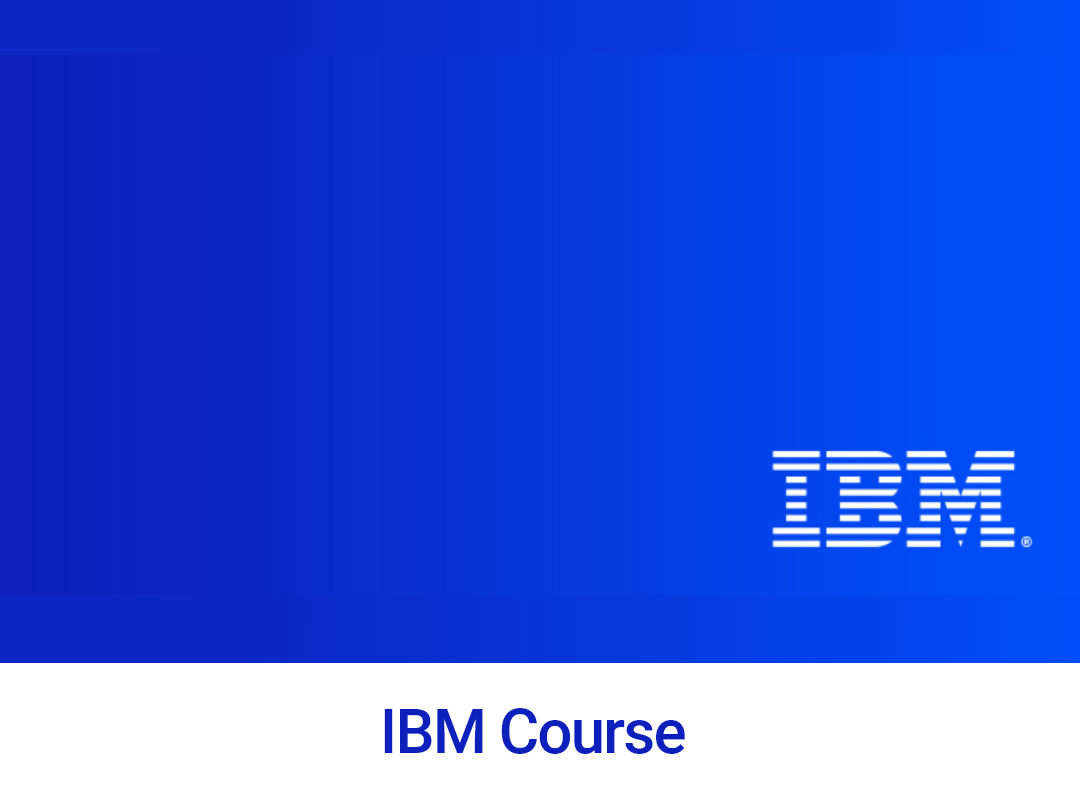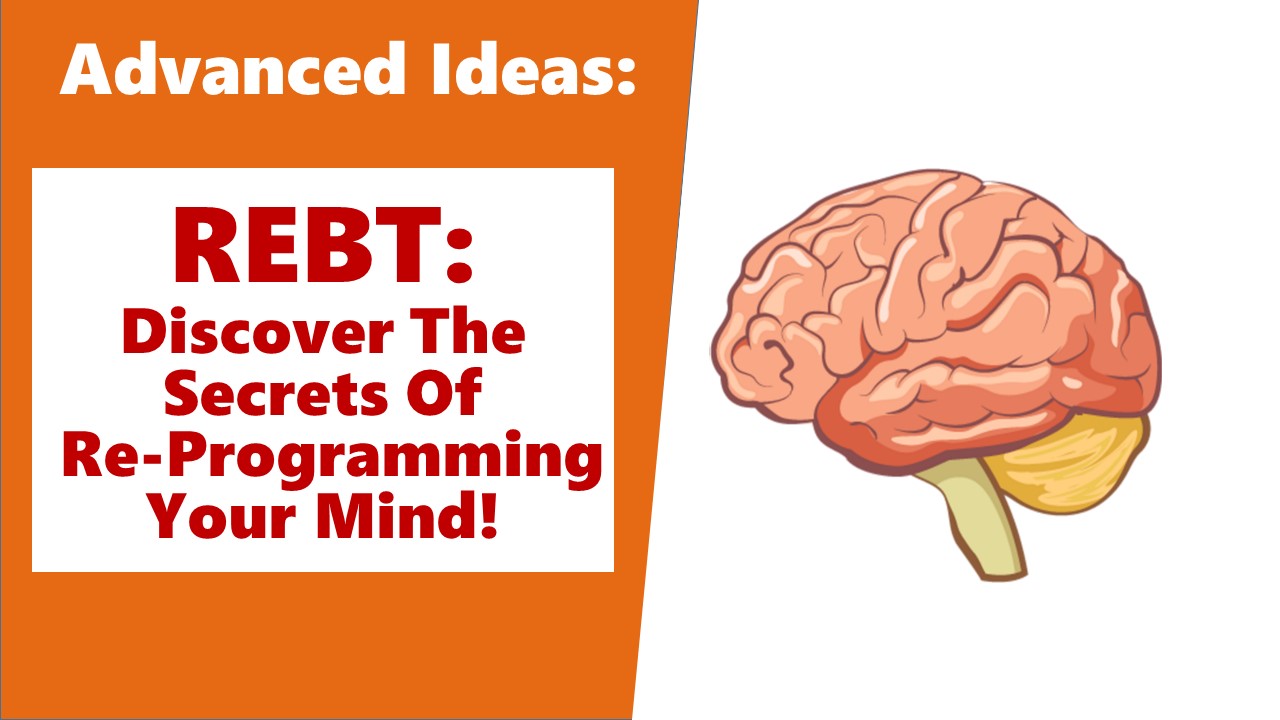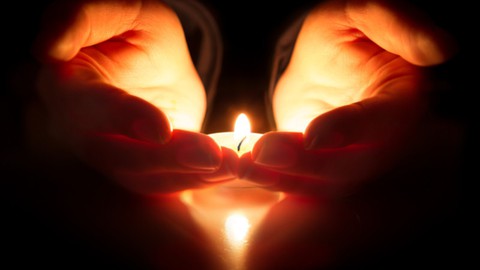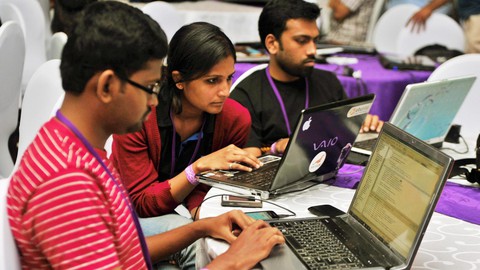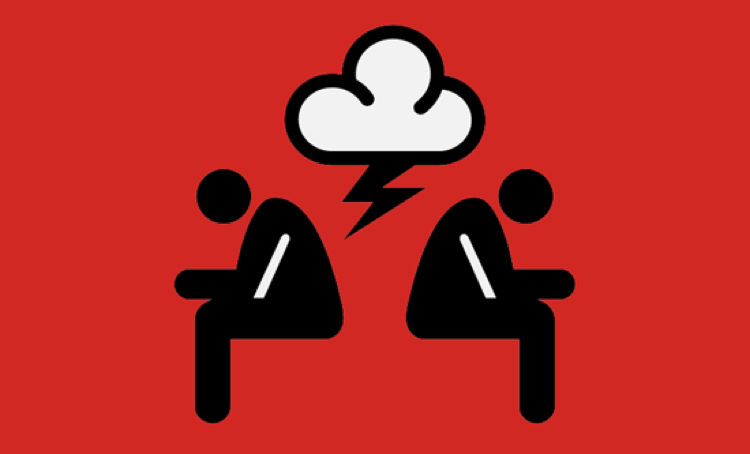-
Over 40 lakh children are admitted under the provision, nationally
-
68% of children studying under section 12 (1)(c)- RTE are from Madhya Pradesh, Rajasthan, Karnataka & Tamil Nadu
New Delhi, December 31, 2019: In the tenth year of its existence, the Right of Children to Free and Compulsory Education Act (RTE), 2009, has seen an impressive growth of 19% increase by year over year in admission since 2015-16. This finding by Indus Action in its annual report The Bright Spots 2019 throws a very different landscape of education in the country.
There is growing awareness and demand within Indian society, to have not just access to education, but to also have access to high quality education. The rationale behind the inclusion of this Section in the RTE Act was that inequitable and disparate schooling reinforces existing economic and social hierarchies and promotes an indifference towards the plight of others in society. Despite the slow start, the RTE act finally witnessed an important landmark impact of yearly increase in children admitted under Section 12(1)(c).

Important Announcement – EasyShiksha has now started Online Internship Program “Ab India Sikhega Ghar Se”
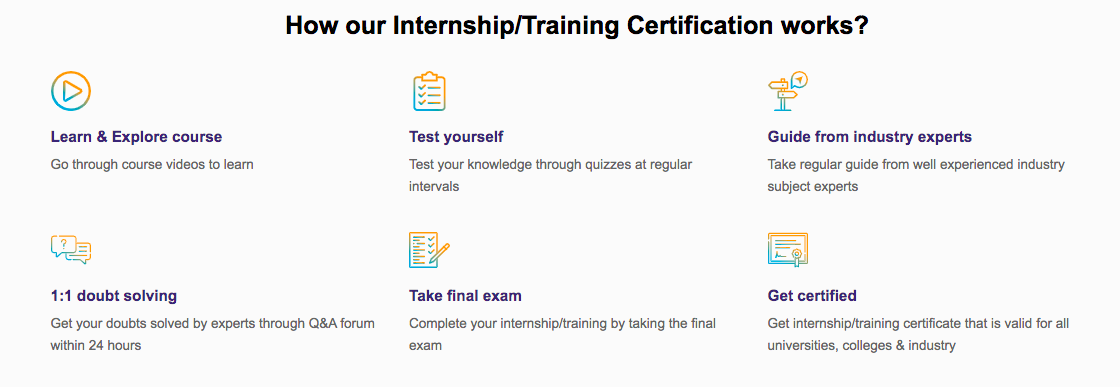
Top Virtual Reality Courses
More Courses With Certification
Commenting on this report and findings, Tarun Cherukuri, Chief Executive Officer of Indus Action, said, “It is too early to announce or triumph for RTE implementation but every single body working on it deserves to keep some credit for 19% ascend in new school admissions since 2015-16. For Indus Action there has been no looking back since 2009, but now when positive outcomes are actually visible we are motivated and determined to enrol one million children in mainstream schools by 2020.”
According to the report, over 40 lakh children are admitted under section 12 (1) (c) RTE Act of which 68% children are from Madhya Pradesh, Rajasthan, Karnataka and Tamil Nadu. The report further mentions that more than 1.5 lakh students got enrolled under RTE in Delhi till 2018-19 and that 69.65% schools participated in Delhi under RTE. The report also highlights that only 17 states and Union Territories are admitting children as per Annual Work Plan and Budget of the States and Union Territories (AWP&B 2019-20).
Top Software Engineering Courses
Top Quality Management System (QMS) Courses
More Courses With Certification
Top Project Management Courses
More Courses With Certification
The RTE Act is enabling parents from disadvantaged backgrounds to choose school irrespective of what economic or social background they come from will lead to more kids moving towards private schools. This shift can be witnessed in few states in the country. Due to this migration to private school, the public schools too are on pressure to enrol more students by improving outcomes to give proper choice to keep alive the choice of parents.
Admissions in Right to Education (RTE) Report 2019
Following table shows students studying under RTE Act.
|
Year |
No. of Students enrolled under RTE |
|
2012 -13 |
387,823 |
|
2013 -14 |
1,006,953 |
|
2014 -15 |
1,810,370 |
|
2015 -16 |
2,422,423 |
|
2016 -17 |
2,925,303 |
|
2017 -18 |
3,484,019 |
|
2018 -19 |
4,135,015 |

Top Personal Development Online Courses
More Courses With Certification
Top Networking Online Courses
Year-wise children studying under RTE 12(1)(c) — Nationally
Nelson Mandela has wisely said that education is the most powerful weapon which can be used to change the world. Indus Action Initiatives firmly believe in this wonderful thought and therefore, is working in sync with Right of Children to Free and Compulsory Education Act, 2009.
Empower your team. Lead the industry
Get a subscription to a library of online courses and digital learning tools for your organization with EasyShiksha
Request Now
ALSO READ: in a first key gst stats made available on gst portal
Get Course: What is PSI DSS Certification Course 54





























